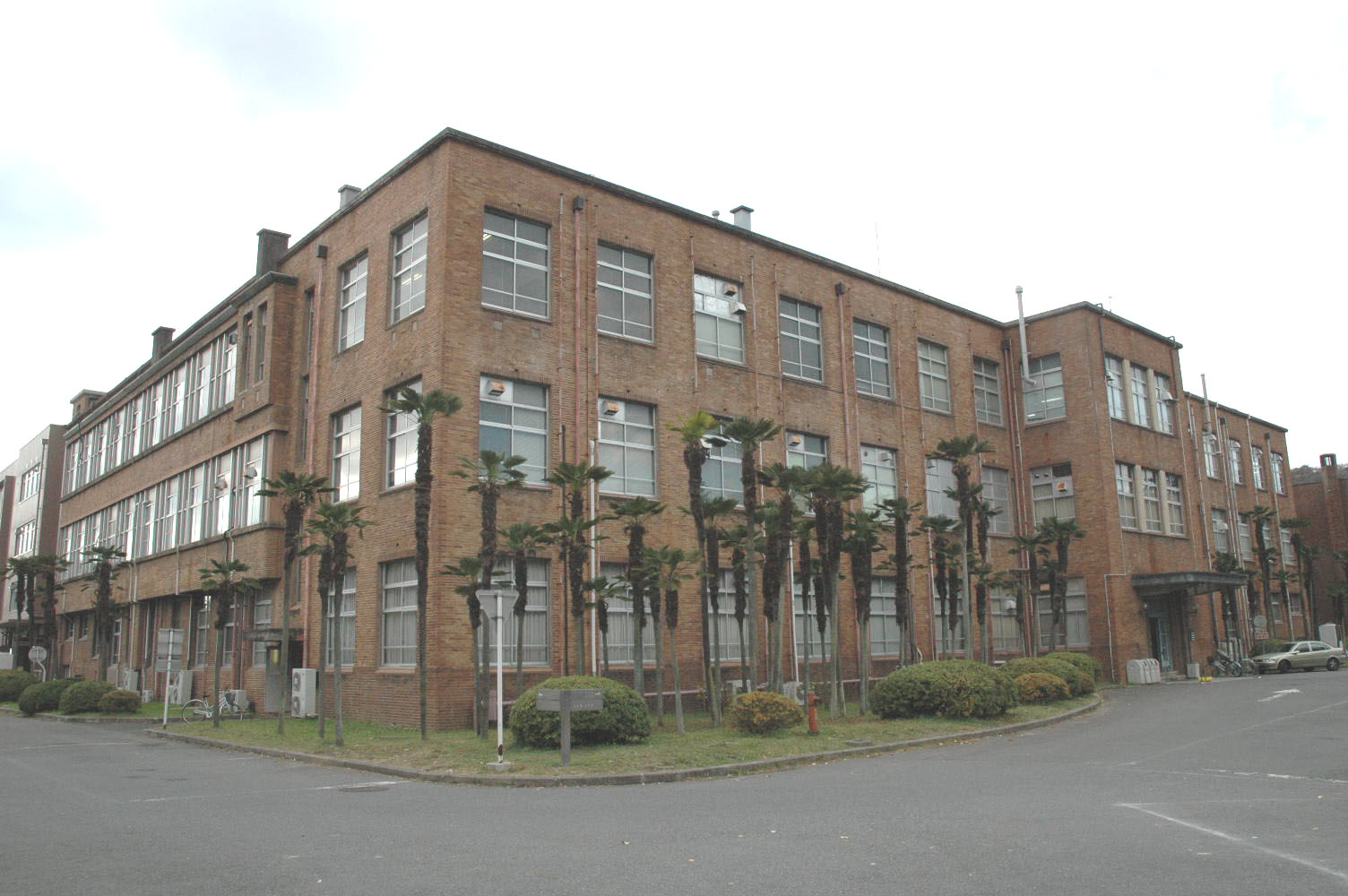|
Kohei Oda (scientist)
Kohei Oda is a Japanese microbiologist and an emeritus professor at Kyoto Institute of Technology. He is known for his work on bacterial discovery and bacterial metabolism. In particular, he led a team of Japanese scientists in the discovery of plastic-degrading bacteria, '' Ideonella sakaiensis'', in 2016. References Year of birth missing (living people) Living people Japanese microbiologists {{Japan-scientist-stub ... [...More Info...] [...Related Items...] OR: [Wikipedia] [Google] [Baidu] |
Emeritus Professor
''Emeritus'' (; female: ''emerita'') is an adjective used to designate a retired chair, professor, pastor, bishop, pope, director, president, prime minister, rabbi, emperor, or other person who has been "permitted to retain as an honorary title the rank of the last office held". In some cases, the term is conferred automatically upon all persons who retire at a given rank, but in others, it remains a mark of distinguished service awarded selectively on retirement. It is also used when a person of distinction in a profession retires or hands over the position, enabling their former rank to be retained in their title, e.g., "professor emeritus". The term ''emeritus'' does not necessarily signify that a person has relinquished all the duties of their former position, and they may continue to exercise some of them. In the description of deceased professors emeritus listed at U.S. universities, the title ''emeritus'' is replaced by indicating the years of their appointmentsThe Protoc ... [...More Info...] [...Related Items...] OR: [Wikipedia] [Google] [Baidu] |
Kyoto Institute Of Technology
Kyoto Institute of Technology (京都工芸繊維大学, Kyōto Kōgei Sen'i Daigaku) in Kyoto, Japan is a Japanese national university established in 1949. The Institute's history extends back to two schools, Kyoto Craft High School (established in 1902 at Sakyo-ku, Yoshida) and Kyoto Sericulture Training School (established in 1899 at Kita-ku, Daishogun, under the jurisdiction of the Ministry of Agriculture and Commerce), which were forerunners of the Faculty of Engineering and Design and the Faculty of Textile Science, respectively. The former was moved to Sakyo-ku, Matsugasaki in 1930 and changed its name to Kyoto Industrial High School in 1944. The latter developed into Kyoto Sericulture High School, under supervision of the Ministry of Education in 1914, and changed its name to Kyoto Sericulture Technical High School in 1931 and then to Kyoto Technical High School of Sericulture in 1944. The two forerunners merged in 1949, due to educational system revisions, to establish the p ... [...More Info...] [...Related Items...] OR: [Wikipedia] [Google] [Baidu] |
Ideonella Sakaiensis
''Ideonella sakaiensis'' is a bacterium from the genus'' Ideonella'' and family Comamonadaceae capable of breaking down and consuming the plastic polyethylene terephthalate (PET) using it as both a carbon and energy source. The bacterium was originally isolated from a sediment sample taken outside of a plastic bottle recycling facility in Sakai City, Japan. * Discovery ''Ideonella sakaiensis'' was first identified in 2016 by a team of researchers led by Kohei Oda of Kyoto Institute of Technology and Kenji Miyamoto of Keio University after collecting a sample of PET-contaminated sediment at a plastic bottle recycling facility in Sakai, Japan. The bacteria was first isolated from a consortium of microorganisms in the sediment sample, which included protozoa and yeast-like cells. The entire microbial community was shown to mineralize 75% of the degraded PET into carbon dioxide once it had been initially degraded and assimilated by ''Ideonella sakaiensis''. Characterization Phys ... [...More Info...] [...Related Items...] OR: [Wikipedia] [Google] [Baidu] |
Year Of Birth Missing (living People)
A year or annus is the orbital period of a planetary body, for example, the Earth, moving in its orbit around the Sun. Due to the Earth's axial tilt, the course of a year sees the passing of the seasons, marked by change in weather, the hours of daylight, and, consequently, vegetation and soil fertility. In temperate and subpolar regions around the planet, four seasons are generally recognized: spring, summer, autumn and winter. In tropical and subtropical regions, several geographical sectors do not present defined seasons; but in the seasonal tropics, the annual wet and dry seasons are recognized and tracked. A calendar year is an approximation of the number of days of the Earth's orbital period, as counted in a given calendar. The Gregorian calendar, or modern calendar, presents its calendar year to be either a common year of 365 days or a leap year of 366 days, as do the Julian calendars. For the Gregorian calendar, the average length of the calendar year (the ... [...More Info...] [...Related Items...] OR: [Wikipedia] [Google] [Baidu] |
Living People
Related categories * :Year of birth missing (living people) / :Year of birth unknown * :Date of birth missing (living people) / :Date of birth unknown * :Place of birth missing (living people) / :Place of birth unknown * :Year of death missing / :Year of death unknown * :Date of death missing / :Date of death unknown * :Place of death missing / :Place of death unknown * :Missing middle or first names See also * :Dead people * :Template:L, which generates this category or death years, and birth year and sort keys. : {{DEFAULTSORT:Living people 21st-century people People by status ... [...More Info...] [...Related Items...] OR: [Wikipedia] [Google] [Baidu] |


